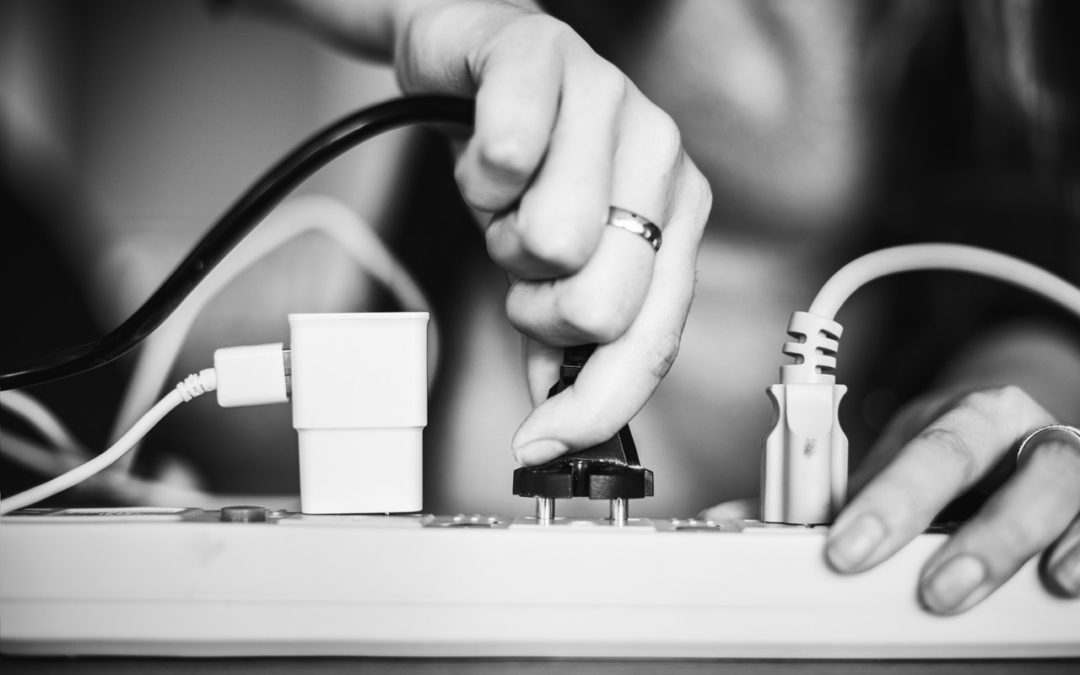How They Can Harm Your Home Inspection…or Worse – Your Family
In a recent blog, I discussed the harm that radon gas can cause to your family. Radon is just one of many unseen hazards that can harm your family and cause problems in a home inspection. If you haven’t had a home inspection on your home in a while and don’t plan on selling in the near future, you may want to have a home inspection or take appropriate steps to make sure your home is safe from these hazards.
Indoor Air Quality
There are 6 potential areas of concern for a homeowner when it comes to indoor air quality.
- Radon – a naturally occurring gas that you can’t see, smell or taste. It can cause serious health problems including lung cancer. Radon can easily be tested for in conjunction with your home inspection or as a stand alone test.
- Carbon Monoxide is another odorless gas that is formed by the incomplete combustion of fuels. Houses with fuel burning appliances are more likely to have issues. Because carbon monoxide is the leading cause of death from poisoning, Wisconsin law now states that a carbon monoxide detector be placed on each level of a home. If you aren’t compliant with this it will be noted in your home inspection. A carbon monoxide detector is an inexpensive way to protect your family.
- Toxic Compounds like formaldehyde, methylene chloride, nitrogen dioxide, pesticides and more. While home inspections don’t test for these compounds, they are worth mentioning as they can cause memory lapses, mild depression, lung dysfunction, headaches and more. While these aren’t common issues in homes, they are worth mentioning. You can read more about how to reduce toxic compounds in your home here.
- Microbial Growth includes mold, fungus, mildew and invisible spores. The effects of these are wide ranging from mild nose and throat irritation to lung cancer. Mold can often be found after leaks or water damage has occurred. Mold inspection and testing is not a basic service included in a home inspection, but if an inspector suspects or identifies mold, it will be noted on the report. If a buyer suspects that there has been water damage or receives an inspection report indicating it, they may request further testing. For the safety of your family, if you suspect you have mold or other microbial growth in your home, you should have it inspected and tested.
- Allergens & Particulates are caused by dust, smoke, exhaust, dust mites, pet allergens and insect debris. These can cause nose and throat irritations, cold symptoms and asthma flare ups. While home inspectors don’t specifically test for these items, we will note if something like an exhaust fan is not functioning properly.
- Infectious Illnesses are bacterial and viral infections that lead to illness in your family. While these aren’t things that home inspectors test for, they do affect your indoor air quality and are noteworthy.
Lead Paint
Another common unseen hazard in older homes is lead paint. Lead paint ingested can cause serious harm to the brain and other vital organs. In 1978 the government banned the use of lead based paint because many people, mostly children were being poisoned. To protect home buyers, there are also several requirements for sellers when selling a home built prior to 1978. Some of the requirements include providing the buyer with a federally approved pamphlet called “Protect Your Family From Lead In Your Home”. They must also disclose any knowledge of lead-based paint in the home. Your realtor should provide you with all of the requirements to be compliant with the law.
If you live in a home built before 1978 and aren’t planning on selling, there are ways to try to protect your family from lead poisoning. Besides having your home professionally inspected you can follow HUD recommended steps to keep your family safe.
Termites
While termites aren’t totally unseen, they can be difficult for a homeowner to detect. They can cause significant damage by eating through wood furniture or causing structural damage to your home. Homeowners can look for shed wings of reproductive termites, mud tubes or damaged wood for early detection. While termites are more associated with the structural damage they can do to a home, they can also cause health issues. They themselves don’t bite or spread disease but they can cause a mold problem. Termites often like feeding on mold infested wood, perhaps damp firewood stored in a basement. When termites feed on the mold the mold is released into the air which can cause a multitude of health issues mentioned above in the air quality section.
If you suspect you have a termite infestation, you should have your home inspected and treated as soon as possible.
For more info on how we inspect for termites and other pests, I suggest Common Defects in a Home Inspection Part 8: Everything Else.
Electrical
Improper or old wiring is an unseen hazard in many older homes. Outdated wiring systems can be a fire hazard. According to the CPSC, there are approximately 46,000 fires a year caused by improper or outdated electrical wiring. Knob and tube wiring, old insulation on wire and low amp wiring are just a few of the electrical problems found in older homes. Wiring issues are noted on a home inspection report with insufficient amp being a defect that needs to be addressed.
Lead or Polybutylene Pipes
We have already discussed the dangers of lead in paint, but lead in your plumbing system can be a hazard as well. Older homes may contain lead pipes which can contaminate your family’s drinking water. If you know your pipes are lead or have non plastic plumbing installed before 1986, you may want to get your water tested. If lead is found you should consider replacing the pipes. There are other steps to reduce risks but replacing is your safest option.
Between 1978 and 1995, plastic manufacturers used an alternative to lead called polybutylene pipes. They stopped production because homeowners began reporting ruptured pipes which lead to considerable property damage.
There certainly are other defects in your home that can be unseen to homeowners. These are the ones that I believe can be most dangerous to your health or the health of your family. If you suspect you have any of these conditions in your home, call a professional home inspector and schedule an inspection.

